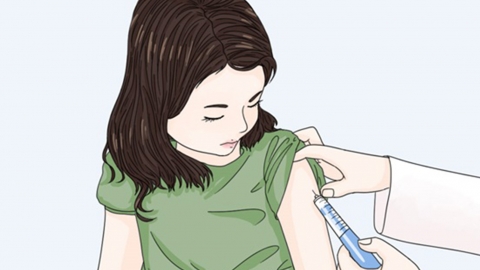The difference between the trivalent and pentavalent rotavirus vaccines
There are differences between the trivalent and pentavalent rotavirus vaccines in terms of targeted virus subtypes, vaccination schedules, applicable age ranges, protective efficacy, and number of doses required. The choice should be made based on the infant's condition under medical guidance. If the baby has contraindications to vaccination or experiences abnormal reactions after vaccination, prompt medical attention is recommended.
1. Different virus subtypes prevented: The trivalent vaccine protects against G1, G2, and G3 types of rotavirus; the pentavalent vaccine additionally covers G4 and P8 types, offering broader protection against more pathogenic strains and reducing the risk of a wider range of rotavirus infections.
2. Different vaccination schedules: The trivalent vaccine series usually begins when the baby is 6–12 weeks old, with each dose separated by 4–10 weeks. The pentavalent vaccine also starts at 6–12 weeks of age, with intervals of 4–10 weeks between doses, but the first dose must not be administered later than 12 weeks of age.

3. Different applicable age ranges: The full course of the trivalent vaccine must be completed before the infant reaches 32 weeks of age; the complete pentavalent vaccine series must be finished before 24 weeks of age. Once these age limits are exceeded, remaining doses cannot be administered.
4. Different levels of protective efficacy: Due to its broader coverage of virus subtypes, the pentavalent vaccine provides approximately 95% overall protection against rotavirus infection. The trivalent vaccine offers about 85% protection and is effective against the subtypes it covers, but provides no protection against non-covered strains.
5. Different number of doses: The trivalent vaccine requires a total of three doses for full immunization, while the pentavalent vaccine requires only two doses. Fewer injections reduce the number of times the baby may experience discomfort from vaccination and make scheduling easier for parents.
After vaccination, remain at the clinic for observation for 30 minutes. At home, keep the injection site clean and dry, avoiding friction. If the baby develops mild diarrhea or low-grade fever, ensure adequate fluid intake and monitor symptoms, maintaining a light and easily digestible diet.







